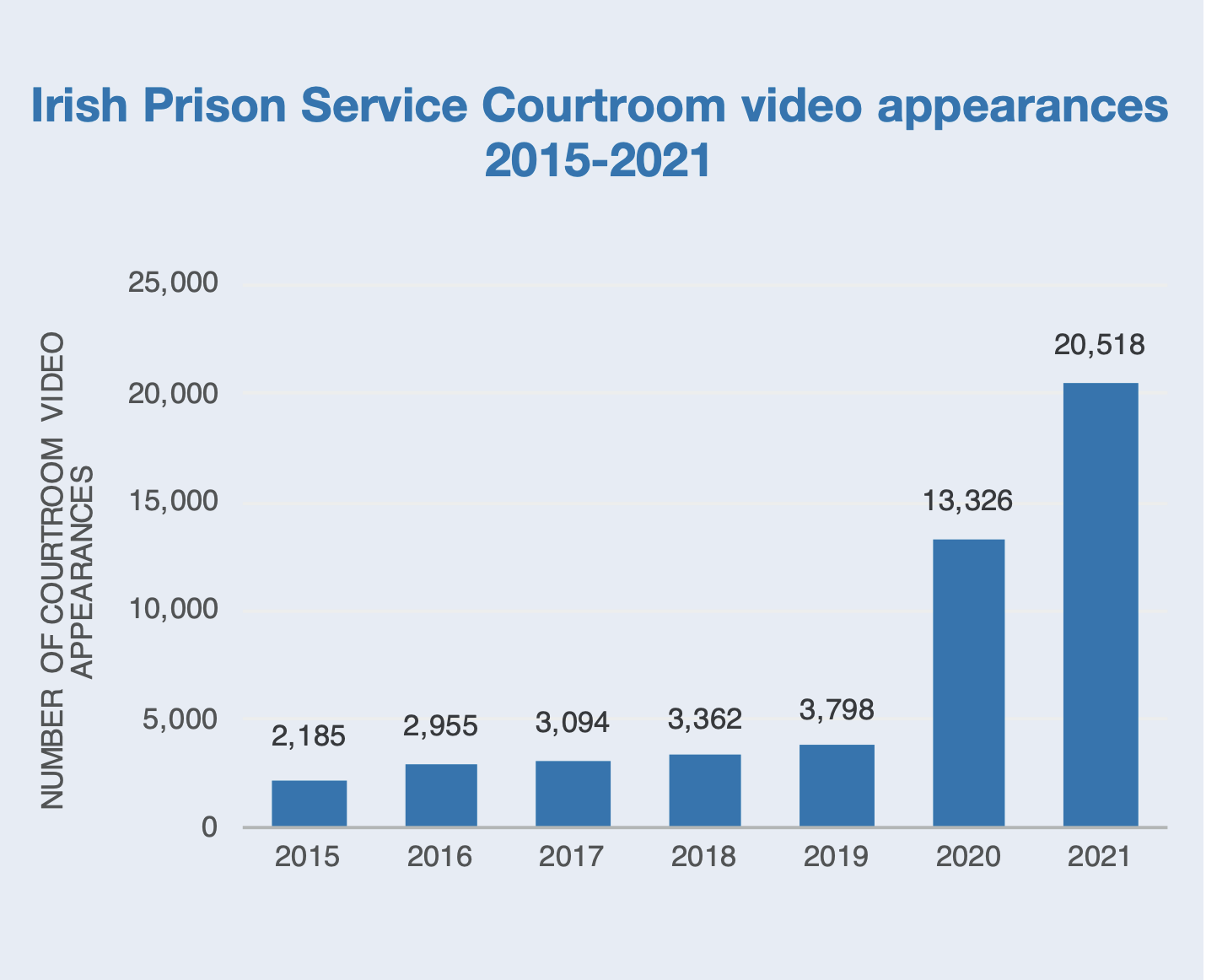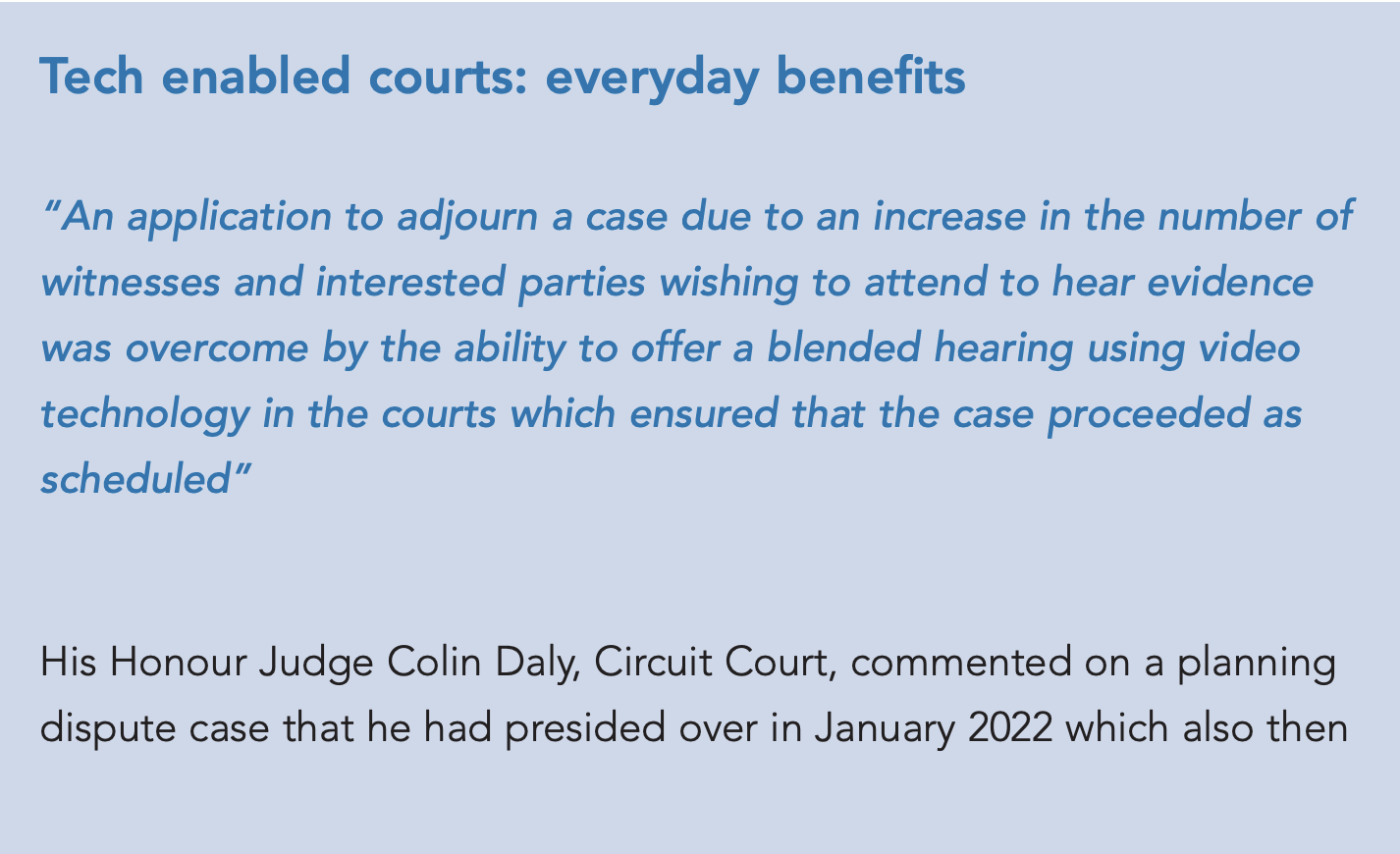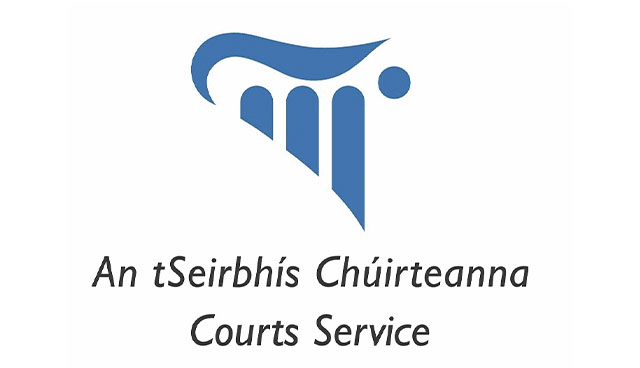Collaboration and agility: taking what we learnt in the pandemic to benefit modernisation

In response to governments and businesses moving services online during the pandemic, the public upskilled, improving its digital capability almost overnight. With a greater technologically capable public, Owen Harrison, Chief Information Officer in the Courts Service, discusses where this leaves digital government and where can we go from here?
Prior to the pandemic outbreak, digital transformation was already firmly in the sights of the Courts Service. A digital first approach had been set as one of the main principles of the new Modernisation Programme established to realise the Courts Service Strategic Vision 2030: “to deliver excellent services to court users; working in partnership with the judiciary and others, to enable a world class courts system”. The Courts Service over the past two years has innovatively put in place digital and online solutions to meet the challenges presented by the pandemic.
“The digital first goal under our Modernisation Programme was aspirational when we set out on this journey of change just over two years ago now,” explains Harrison. The pandemic accelerated plans which were barely beyond concept stage and within weeks remote or virtual courts were operating online. In the first year, 2020 the Courts Service facilitated 2,400 remote court hearings working in collaboration with the judiciary to keep Courts open and safe during the pandemic. In 2021, that more than doubled.
Other digital responses in the past two years have seen an online appointments system piloted across a number of Courts Service offices, facilitating members of the public and practitioners to go online and book an appointment in court offices. Covid-19 health and safety compliance checks by officers across the country were brought online through an innovative approach using ‘iAuditor’ technology. This technology allows breaches of health and safety protocols to be identified and remedied in real-time on mobile devices, replacing the original manual process. A partnership approach with Revenue saw part of the probate process also go online in the past two years.
“A more agile approach is the way we need to go on our digital projects; designing, developing, and re-developing in an iterative way, applying the user feedback.
Harrison, who joined the Courts Service as Chief Information Officer in late 2020, and his ICT team rolled out an ambitious plan in 2021 which involved the tech enablement of courts across the country. “We almost doubled the number of technology-enabled courts across the country in 2021, with over 100 courtrooms now supporting virtual courts, video-link appearances by vulnerable witnesses, specialist witnesses from other jurisdictions as well as prisoners,” explains Harrison. The Courts Service facilitated almost 34,000 video-links to prisons in 2020 and 2021, which helped reduce the incidences of Covid. Harrison continues: “By enabling our courts with digital and online capabilities we are giving the judiciary and the parties options for hearing cases. There are everyday examples across jurisdictions of cases which have been facilitated because of the remote court option, which in the past might otherwise have been adjourned. The efficient hearing of cases is at the heart of a modern courts system.”
Harrison and the Courts Service ICT team are focused on laying the foundations of a system that will facilitate an agile and flexible approach to modernisation. Harrison explains: “We need to bring greater consistency across all our systems of which there are a multitude spanning five jurisdictions and three areas of law. Bringing that consistency is no small ask, but we have already started laying the foundations by introducing multi-disciplinary teams, a modern technology platform, and an agile way of working.”


Harrison acknowledges the appetite and determination within the Courts Service to enable digital change as soon as possible. Harrison explains: “At the same time as replacing and bringing consistency to our legacy systems, we are keen to move on digitising services in an agile way. As I have said before, digital transformation, a key part of our Modernisation Programme, is not just a reimplementation of processes but a full reimagining of business operations. The challenge for leaders who are not in the digital space day in day out, is grasping how different business can be if digital is fully utilised.”
Harrison explains the approach in the Courts Service: “We recognise we don’t know everything there is to know about our services and how they are experienced by users. We also recognise that the digital capability of some of our users and their expectations have increased in the past two years. Our family law and civil reform programmes have therefore taken a user-centric approach to modernising our services. Starting by engaging with court users, representative groups, and the judiciary on their current experience of our services, to understand their pain-points and what could be put in place to make things easier, more efficient, and user-friendly.
“A more agile approach is the way we need to go on our digital projects; designing, developing, and re-developing in an iterative way, applying the user feedback. The challenge for leaders in the digital government space now is striving for this agility whilst balancing the significant obligations of governance, procurement, and other legislative obligations.”
Another key element of Harrison’s approach, as detailed in the recently published Courts Service Data Strategy, is improved data management: “Multiple systems across inter-related jurisdictions makes consistent data capture, not to mind analysis, very challenging to improve the quality of our information for decision making, particularly around how we best utilise our resources, we need to be developing systems with consistent data capture and analysis in mind also.”
Harrison recognises that this approach to data is apparent across Government, as reflected in the national digital strategy, Harnessing Digital: The Digital Ireland Framework. Harrison concludes “Government has learnt a lot through the pandemic, and I think one of the key learnings in the digital space has been the benefit of collaboration. When we work together across Government we see the benefit for members of the public, a key part of our approach to digital modernisation is a collaborative approach with the judiciary and our partners across the justice sector.”

For more information on the Courts Service visit www.courts.ie





